#leccinum scabrum
Photo


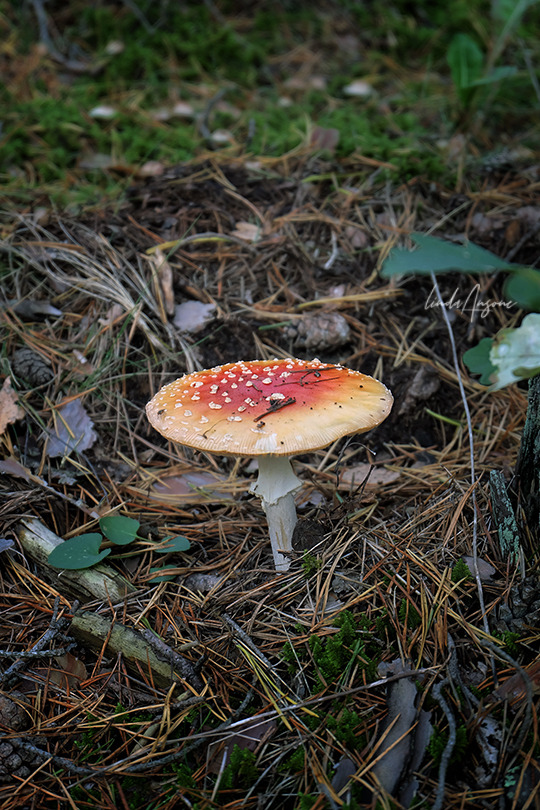
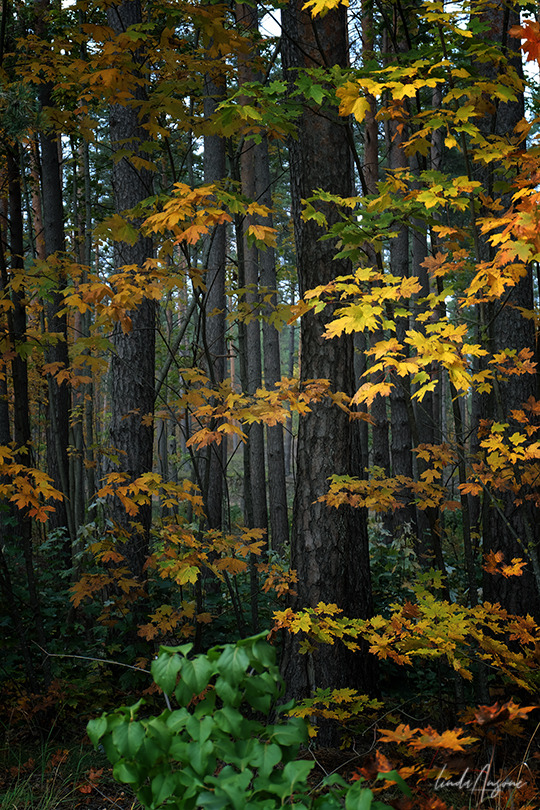
#woods#forest#forestcore#forest photography#mushrooms#fungi#autumn#autumnal#leccinum scabrum#amanita muscaria#nature#nature photography#original photographers#photographers on tumblr#1k
1K notes
·
View notes
Text

Chodes, anyone?
4 notes
·
View notes
Text

#nature#nature core#nature photography#nature photos#naturecore#original photo blog#north#woods#leccinum scabrum#scaber stalk#birch bolete
1 note
·
View note
Text
I Will Not Be An Old, Bold Mushroom Hunter: On Questionably Edible Mushroom Species
Originally posted at my blog at https://rebeccalexa.com/old-bold-mushroom-hunter/
There’s a saying that “there are old mushrooms hunters, and there are bold mushroom hunters, but there are no old, bold mushroom hunters.” That’s a bit hyperbolic; there are elder foragers who have done enough foraging to feel comfortable take chances. But let’s make something clear: I myself am not a bold mushroom hunter. Experienced, yes. But I’m cautious, and I doubt I will eventually go into my twilight years as an old, bold mushroom hunter. I was recently reminded of why that is.
Last week I was out in my favorite chanterelle spot here on the Washington coast, helping myself to a beautiful flush of Pacific golden chanterelles (Cantharellus formosus). These bright yellow mushrooms are one of my favorites, and were one of the first I foraged when I moved out here several years ago. As I walked down the trail, I saw a couple of bolete-ish mushrooms popping out of the soil, and decided to take a closer look.
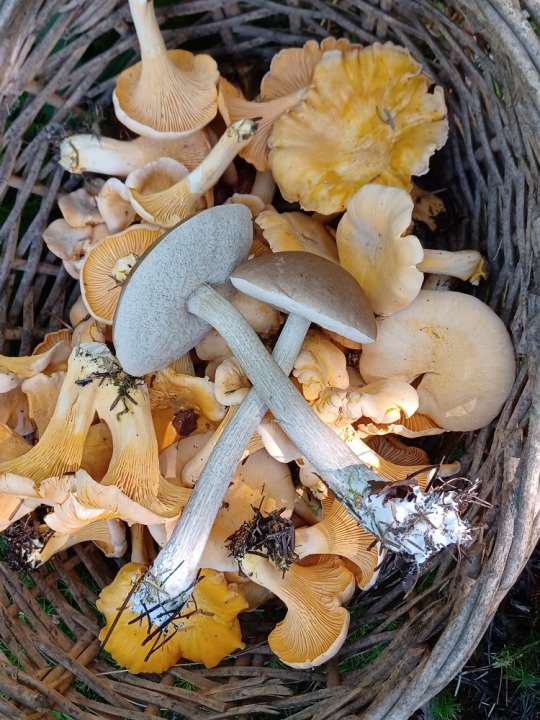
The rough, scaly texture on the stipes told me these were likely Leccinum spp. iNaturalist tried identifying them as brown birch boletes (L. scabrum), though I was skeptical given that we don’t have birch trees here, and I hadn’t heard of that species having alternate mycorrhizal partners like red alder (Alnus rubra). However, a couple of others were found in the area and were verified enough to become research grade. The ones I found were visually identical to L. scabrum, so it’s very possible that that this species may actually also partner with A. rubra, the closest analog to birch species here as they are all in the family Betulaceae. At the moment, my iNaturalist observation just has it as Leccinum spp., just to be safe. (This, incidentally, is why it’s a good idea to NOT use identification apps as your only identification tool, and always refer to other sources like books and websites, and other foragers if you have the chance.)
Going on the assumption that I had, in fact, found brown birch boletes, I decided to research edibility. Field guides have historically listed these as safe to eat, to include David Arora’s classic All That the Rain Promises and More: A Hip Pocket Guide to Western Mushrooms. However, that book came out in 1991, over thirty years ago, and while a lot of the information is still solid, it’s important to look up more recent resources.
For example, this 2009 blog post discusses how Leccinum species, to include L. scabrum, have been implicated in several significant cases of gastrointestinal distress, with at least one person experiencing internal bleeding in the brain. The guest author of that post elaborated at much greater length in this 2011 article that describes multiple suspected Leccinum poisonings, and that “Recall that 3.5% of the poisonings reported to NAMA [North American Mycological Association] involve Leccinum.”
On the other hand, the Forager Chef blog states in this post that dehydrating Leccinum spp. before consumption can neutralize the toxins. The author’s one and only bad experience with Leccinum was due to undercooking the mushrooms (and, in fact, you need to cook your wild mushrooms thoroughly anyway as there are very few that are safe to consume raw.)

In the end, I decided to err on the side of caution and compost the two Leccinum I had found. It wasn’t worth the risk in my mind, and I had an entire pile of chanterelles to enjoy. And that’s basically my approach to questionable mushrooms in general, even if there are still a lot of people saying “Oh, they’re fine!”
See, Leccinum isn’t the only subject of debate. I’ve also heard some people say that some false morel (Gyromitra) species are okay to eat if you cook them thoroughly (the Forager Chef once again has a wealth of information for those adventurous enough to try.) There’s also sometimes confusion between Gyromitra species, and Verpa species, the latter of which are reportedly edible if cooked properly. The two genera do look similar to the casual observer, which could be part of the reason for the mistaken identity.
And then there’s fly agaric (Amanita muscaria). Notoriously hallucinogenic (with a side helping of vomiting) this species is purportedly edible in a culinary sense after thorough parboiling in which the water is thrown out and refreshed with each stage of boiling. Drying doesn’t necessarily neutralize the toxins within, as this rather extreme case from 2021 shows. However, the bulk of sources, at least in the United States, place this mushroom firmly in the “poisonous” category, even if it isn’t as lethal as other Amanita species like A. phalloides or A. ocreata.

I’m still of the mind that if there’s any debate whatsoever over the edibility of a particular mushroom, I’m just going to skip it and patiently wait for safer options. After all, I find Boletus edulis in the same places I find Amanita muscaria, and if I don’t want to try the Verpas I can just wait for the Morchella morels to appear a few weeks later. Yes, I recognize that people in other parts of the world have been eating these mushrooms for centuries, reportedly with no ill effect (or none that’s been reported here.) Yes, I am well aware that there are foragers here who have prepared these controversial species and eaten them without a trip to the hospital or even a night spent at the porcelain throne.
But I don’t have to eat every potentially edible mushroom I find in order to be a competent mushroom hunter. I am experienced enough to be able to go out and identify mushrooms I find in the field, confirm the identifications at home, research their edibility, and then figure out whether I feel comfortable eating them or not. And I’m able to teach people the basic skills and tools they need to feel confident in starting their own foraging adventures. Part of why I wrote out the first section of this post about my Leccinum find was to give readers some idea of the process I went through when personally deciding whether it was worth the risk to try these new-to-me mushrooms.
All this does raise the usual warnings about mushroom hunting in general, whether you want to try for being an old, bold mushroom hunter or not: first and foremost, always be 100% sure you know what you have and that it is edible before you consume it. Always cook your wild mushrooms thoroughly; a little overcooked is better than a little undercooked. Finally, if you’re trying a given species of mushroom for the first time, always try a small amount (a few bites at most) and then wait a couple of days to make sure that you don’t have any adverse reactions. Keep at least one specimen of the mushroom raw and as you found it in nature in your fridge, so that if you do end up needing medical attention you can take it with you and the medical professionals can use it to more quickly ascertain just what it is that you ate.
Did you enjoy this post? Consider taking one of my online foraging and natural history classes, checking out my other articles, or picking up a paperback or ebook I’ve written! You can even buy me a coffee here!
#long post#mushrooms#mushroom hunting#foraging#forager#outdoors#fungi#fungus#nature#biology#poison#mycology#mushroomcore#naturecore#boletes#Amanita muscaria#fly agaric#wild foods#wild food
207 notes
·
View notes
Text

Brown Birch Bolete [Leccinum scabrum]
7 notes
·
View notes
Text

file: Leccinum scabrum JPG2.jpg
4 notes
·
View notes
Text

Brun skælrørhat (Leccinum scabrum)
Brown Birch Bolete (Leccinum scabrum)
#Brun skælrørhat#Leccinum scabrum#Leccinum#Brown Birch Bolete#Skælrørhat#Bolete#Svamp#Mushroom#Boletales#Efterår#Fall#Autumn#Ryde Skov
3 notes
·
View notes
Text

#AUTUMN MUSHROOMS😋👩🏼🍳🥘
@samirafee
#source: samirafee#own picture#photographers on tumblr#autumn forest fruits#mushrooms#boletus edulis#yellow boletus#leccinum scabrum#birch boletus#september 2019
9 notes
·
View notes
Text

20201226
きのこ図鑑
No.200 ヤマイグチ
Leccinum scabrum
#illustration#dessin#イラスト#絵#1日1絵#アナログ#手描き#きのこ#きのこイラスト#きのこ図鑑#水彩画#水彩画イラスト#水彩絵の具#透明水彩#お絵描き#mashroom#champinion#drawing#paint#painting#watercolor
2 notes
·
View notes
Text


Leccinum scabrum
#leccinum scabrum#birch bolete#scaber stalk#mushrooms#fungi#edible mushrooms#mycology#boletes#nature#forestcore#forest floor#naturecore#original photographers#photographers on tumblr
343 notes
·
View notes
Text
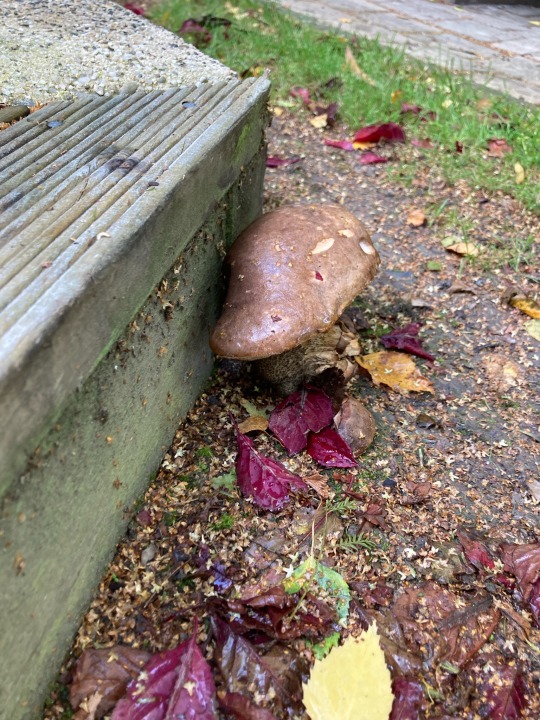


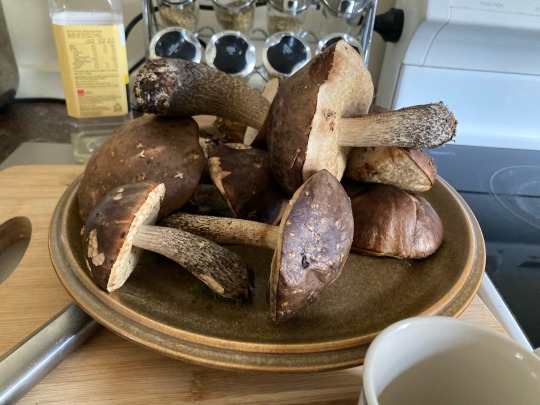

A glorious bounty. The university provides food for my brain and food for my puku.
IMPORTANT EDIT:
I actually got this wrong! in this context, kai as a prefix means more akin to something like 'doer' as @mucking-faori has helpfully explained. So kaiako really just means the doer of teaching, the teacher!
original post
Fun fact, the word for teacher in te reo Māori is kaiako, which is two words ‘kai’ and ‘ako’. Kai means basically food, or eating, or cooking, and ako means knowledge or learning, so I’m training to be someone who prepares knowledge for consumption. I like to think that me getting mushrooms and walnuts from campus is actually just me doing experimental etymology.
Birch boletes, Leccinum scabrum, Aotearoa
Photo credit me
12 notes
·
View notes
Photo

Leccinum scabrum by verika http://ift.tt/2z1NhY5 #macro
0 notes
Photo
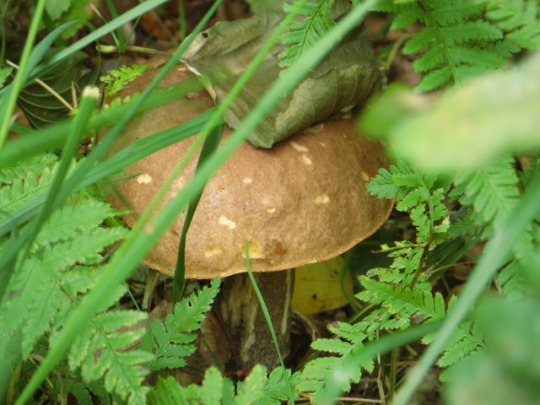
Birkenpilz, Birkenröhrling | Birch bolete
Leccinum scabrum
0 notes
Photo

🆔 Leccinum scabrum 🆎 Common names: 🇬🇧 Birch bolete, Brown Birch bolete, Rough-stemmed bolete, Scabre stalk #scaberstalk #birchbolete #brownbirchbolete 🇮🇹 Leccino nero o grigio, Betullino, Cravetta, Porcinello grigio, Donna nera, Donnetta, Gambetta, Sürlo, Crava, Cravin, Beola #betullino #leccino 🇫🇷 Bolet rude #boletrude 🇪🇦 Boleto del abedul, Boleto de pie escabroso 🇨🇿 Kozák březový 🇩🇪 Birkenpilz #birkenpilz 🇳🇱 Gewone berkenboleet #gewoneberkenboleet 🇷🇺 Мицена чистая 🇧🇪 Bolèt gris, Bolet d'rin #bolet 🇯🇵 ヤマイグチ The #birch #bolete is widespread in Europe, in the Himalayas and Japan in Asia, and elsewhere in the Northern Hemisphere, occurring only in #mycorrhizal association with birch trees. It fruits from June to October. This european #mushroom is also becoming increasingly common in Australia and New Zealand and various other areas of the world, where it is likely introduced. Questo fungo in Italia è piuttosto comune sulle Alpi ma progressivamente più raro scendendo verso il Sud ed isole. È comunemente associato alla #betulla , con cui crea simbiosi quasi esclusiva, si può trovare anche su suoli sabbiosi e poveri tra Ginestre ed Eriche/Brugo, se nei pressi c'è qualche Betulla. Il nome "scabrum" deriva dal latino "scabro" riferito alla ruvidezza del suo gambo #fungimagazine #blogfunghi #mushrooms #leccinum #leccinellum #leccinumscabrum #houba #kozakbrezovy #macrophotography #fungi #pilze #fungus #fungusphotography #mycologia #mycology #mushroomidentification (presso Alpi) https://www.instagram.com/p/CK3REcjs4TF/?igshid=nbddqoclf903
#scaberstalk#birchbolete#brownbirchbolete#betullino#leccino#boletrude#birkenpilz#gewoneberkenboleet#bolet#birch#bolete#mycorrhizal#mushroom#betulla#fungimagazine#blogfunghi#mushrooms#leccinum#leccinellum#leccinumscabrum#houba#kozakbrezovy#macrophotography#fungi#pilze#fungus#fungusphotography#mycologia#mycology#mushroomidentification
0 notes
Photo

Leccinum scabrum
91 notes
·
View notes
Photo

Autumn brings such pleasures as these Birch Bloetes Birch (Leccinum scabrum/ Leccinum holopus) a perfect marriage with this handmade buckwheat pasta. Utterly delicious. #birchbolete #boletes #wildmushrooms #foraging #daylesfordlonghouse https://www.instagram.com/p/B_HUVzNjMlg/?igshid=1obt039yrl385
0 notes